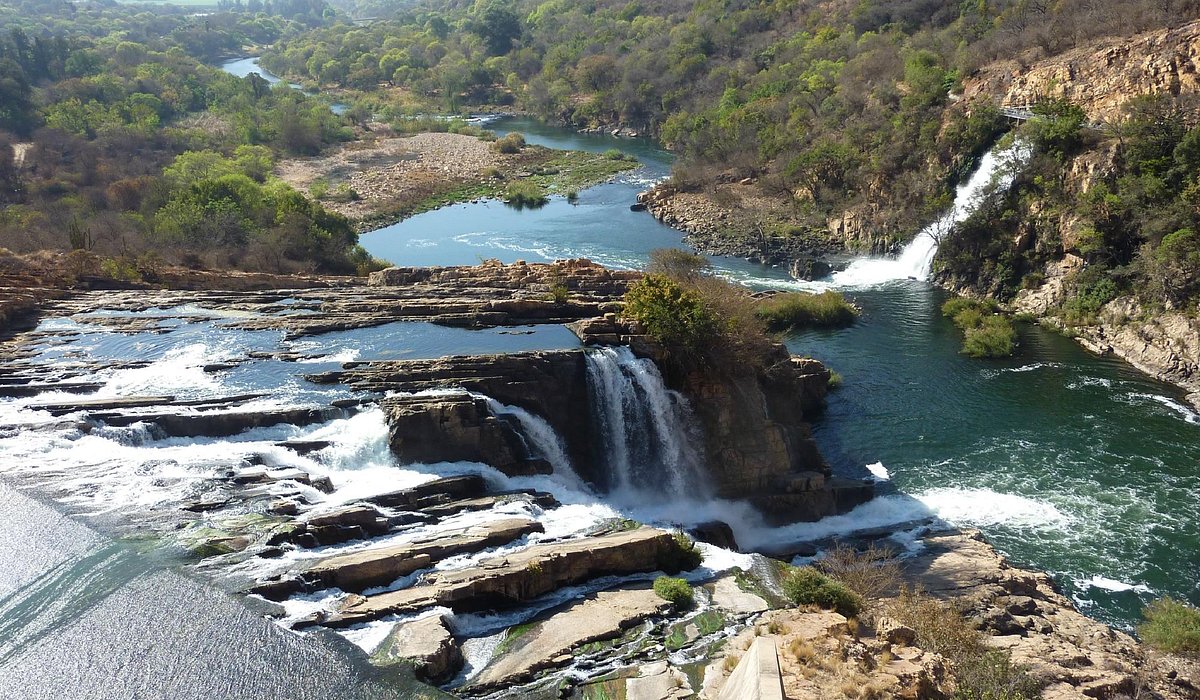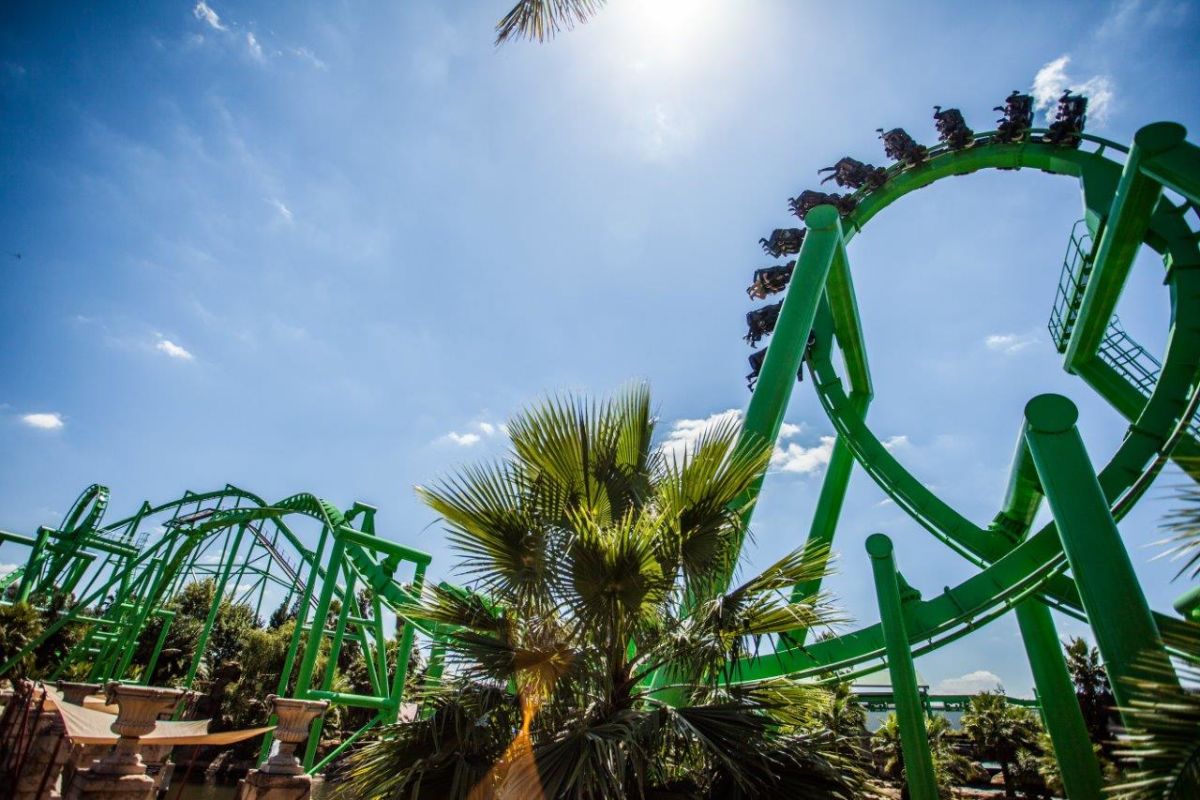4 Simple Techniques For Johannesburg North Attractions
4 Simple Techniques For Johannesburg North Attractions
Blog Article
Johannesburg North Attractions for Beginners
Table of ContentsJohannesburg North Attractions Fundamentals ExplainedThe Single Strategy To Use For Johannesburg North AttractionsThe Definitive Guide for Johannesburg North AttractionsTop Guidelines Of Johannesburg North AttractionsThe Definitive Guide to Johannesburg North AttractionsFacts About Johannesburg North Attractions Uncovered
The city expanded on the side of the Witwatersrand Key Reef, a below ground stratum of gold-bearing quartz-silica empire that arcs for hundreds of miles beneath the Highveld - Johannesburg North attractions. Most of the gold mines in the city discontinued operation in the 1970s, but in its day the Witwatersrand gold market accounted for more than 40 percent of the world's annual gold production.Johannesburg has a warm environment. Summer season temperature levels balance about 75 F (24 C); wintertime temperature levels balance concerning 55 F (13 C) and just sometimes dip listed below cold. The city enjoys about eight hours of sunlight per day in both winter and summer. Rainfall standards regarding 28 inches (700 millimetres) per year, however the overall varies substantially from year to year.
What rain the city receives drops virtually specifically in the summertime months, commonly in stunning late-afternoon electric storms. Air pollution postures a substantial trouble, particularly in the cold weather, when thermal inversions impede the westward circulation of air from the Indian Sea. Contamination is most serious in the densely settled Black townships on the city's perimeter, where many homeowners still count on coal for gas.

The Ultimate Guide To Johannesburg North Attractions
The equilibrium of the city is inhabited by whites. Holiday accommodation differs in character and quality.
Physical development, although rather limited by transport, proceeded swiftly as immigration to South Africa, and Johannesburg in particular, raised dramatically. This problem was addressed in the 1930s when the car was introduced in automation to South Africa. Cars were, generally, restricted to the wealthy, and allowed them to relocate to the north of the city and commute right into the centre.
The majority of poor suburban areas were combined, with inadequate blacks and whites living with each other, although the wealthy suburbs were typically scheduled for whites.
The number of people living in the internal city on a casual basis is unknown, as many are prohibited immigrants. The joblessness, education and learning, and age accounts of the area are all unidentified, due to the problem of acquiring dependable information concerning the area.
The Of Johannesburg North Attractions
Centred on the CBD, the area includes the residential areas of Yeoville, Bellevue, Troyeville, Jeppestown, and Berea to the east. To the west it spreads out to Pageview (Johannesburg North attractions) and Fordsburg. There are small commercial locations to the south, such as City West-Denver and Benrose. Around 800,000 commuters travel through the central city on a daily basis, and it works as a local shopping node for visitors from the southern residential areas. Yeoville and Bellevue have a mix of apartment and single domestic devices on tiny lots. The area is situated on a hilly divide that runs from east to west. The most noticeable geographical attribute is Observatory Ridge, which is named for the big observatory situated on it. The entertainment rooms are no more used, because of safety and security issues.

Top Guidelines Of Johannesburg North Attractions
R. Tambo International Airport Terminal). The eastern suburbs are some of the oldest locations of Johannesburg, there are large neighborhoods of Jewish and various other European backgrounds, the majority of the populace is English speaking. There are three golf links as well as a variety of safeguarded ridges with viewsites. There are several strong and up-market home entertainment and buying locations in the east such as the Eastgate Shopping Center and the Greenstone mall.
The area is mostly made up of old "matchbox" houses, or four-room houses developed by the federal government, that were developed to supply low-cost lodging for black employees throughout racism. Soweto is an abbreviation, meaning "South Western Townships". Street after street in this location is lined with matchboxes; nevertheless, there are a More Info couple of smaller sized locations where thriving Sowetans have actually developed homes that are a lot more comparable in stature with those in even more upscale residential areas.
Hostels are an additional noticeable physical attribute of Soweto. Initially constructed to house male migrant employees, numerous have been boosted as homes for pairs and families. The N1 Western Bypass skirts the eastern limit of Soweto. The suburb was not traditionally allowed content to create work centres within the location, so nearly all of its citizens are travelers to various other parts of the city.
The Only Guide to Johannesburg North Attractions
The property areas in the north suburban areas are mostly formal, with no considerable locations of casual real estate, or real estate that lacks an irreversible framework. This is a recognized location, there is a pattern of land usage adjustment from household to commercial, especially along main arterial roads and around recognized nodes.
Roadways to the east and west are less well developed, as there are no freeways taking a trip in that instructions. In the direction of the north boundary of the city, the thickness of growth reduces, leaving big areas of undeveloped land around Midrand.
The 2-Minute Rule for Johannesburg North Attractions
The initial suburban area to the north of the inner city is Parktown, which lies on a hillside neglecting the central city and Hillbrow. It has lots of rich homeowners and Edwardian-style manors, in addition to the Education and Clinical campuses of the College of the Witwatersrand. The large concrete Charlotte Maxeke Johannesburg Academic Hospital controls the original site skyline of Parktown.
Report this page